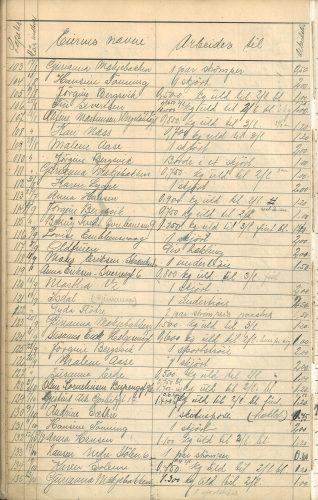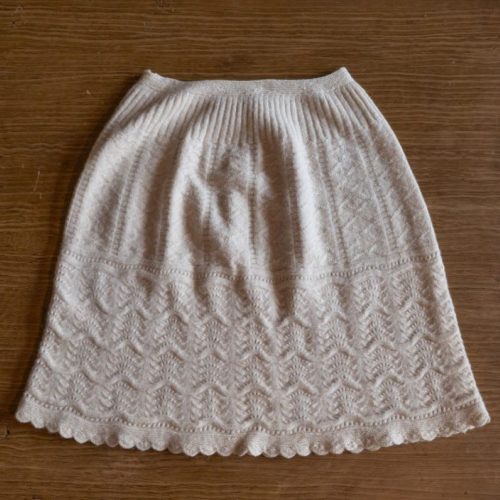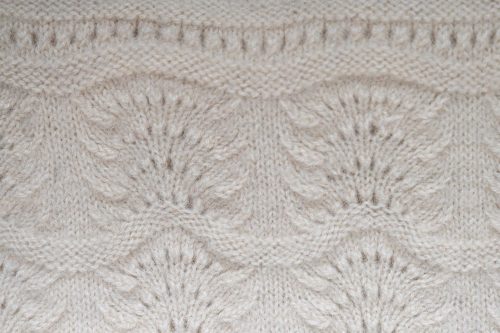Jørgine Olsen Bergsvik
Jørgine Olsen Bergsvik was born in Lindås, just north of Bergen, in 1857. She was admitted to Lungegård Hospital in 1882 when she was around 25 years of age. She had by then had the disease for six months, and she was admitted to the curative ward. Her mother and one sister had also been diagnosed with leprosy, and her sister Marianne Olsdatter Bergsvik was admitted to the same hospital two years later.
In 1884, the same year that her sister was admitted, Jørgine left Lungegård Hospital at her own request. Perhaps she was one of the three showing signs of improvement, as Danielssen writes in his three-year report: ‘Those showing improvement left the hospital at their own request’. She was, however, readmitted four years later, at the end of 1888.
In 1895, Lungegård Hospital was closed, and all its patients were transferred to Pleiestiftelsen for Spedalske No. 1. Jørgine thus moved a few hundred metres from one institution to another, along with 38 other patients. Jørgine lived there for 42 years, until she died in autumn 1937, aged 80. The church register refers to her as an unmarried crofter’s daughter, stating that she had leprosy for 57 years and sarcoma, i.e. cancer, for three/four years. She was buried in the city’s largest cemetery at Møllendal.
Even after such a long life at two of the leprosy hospitals in Bergen, relatively little is known about Jørgine Bergsvik. What was her day-to-day life like at the hospitals? Was she hopeful that she would recover or had she come to terms with the fact that she was going to have leprosy for the rest of her life? Did she think she would live to the ripe old age of 80?
Most traces of her existence at Pleiestiftelsen Hospital over the years can be found in the work journals, where everything that she and the other residents spun, knitted, sewed and repaired is carefully noted. Her name often crops up, showing how diligently she worked over her long life.

The Regional State Archives of Bergen.

The Regional State Archives of Bergen.

Photo: Bergen City Museum.




